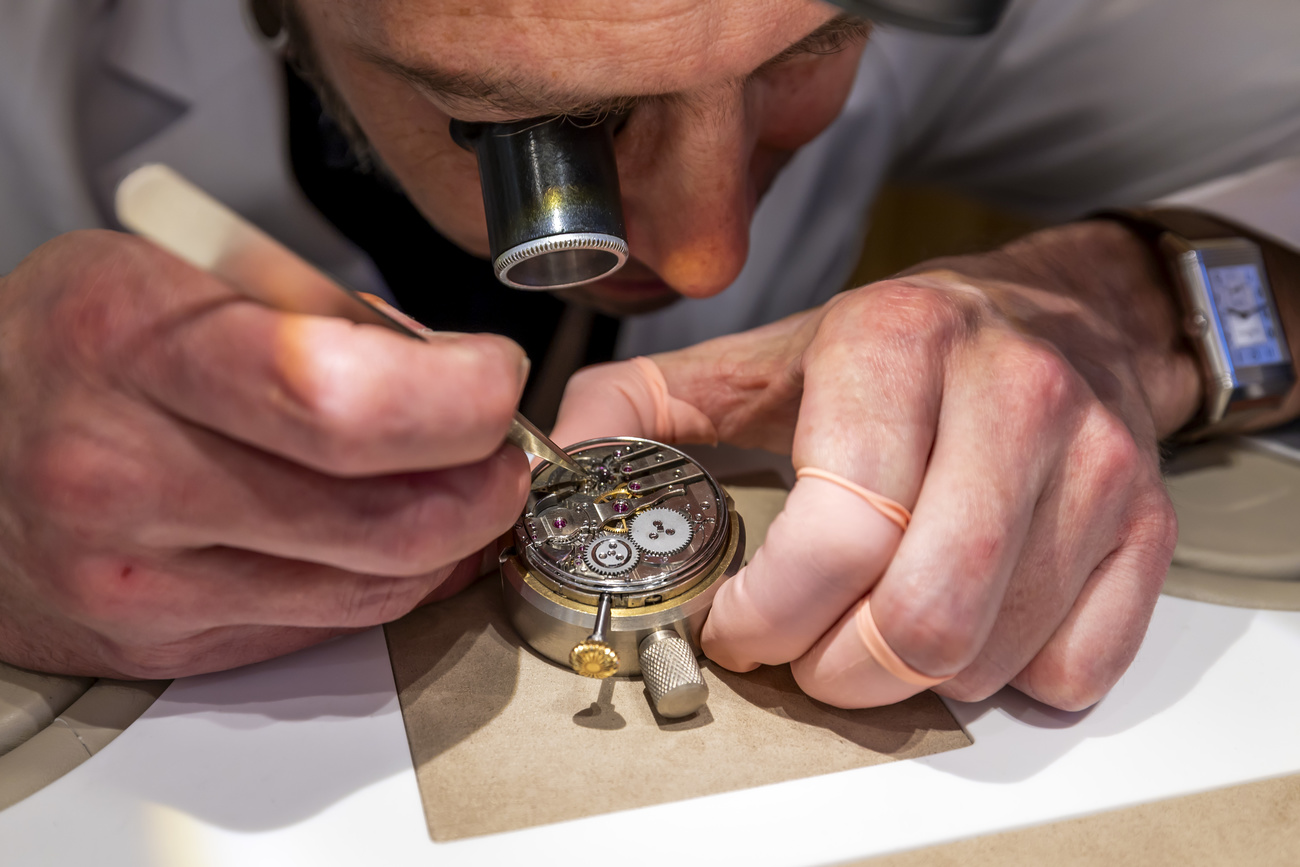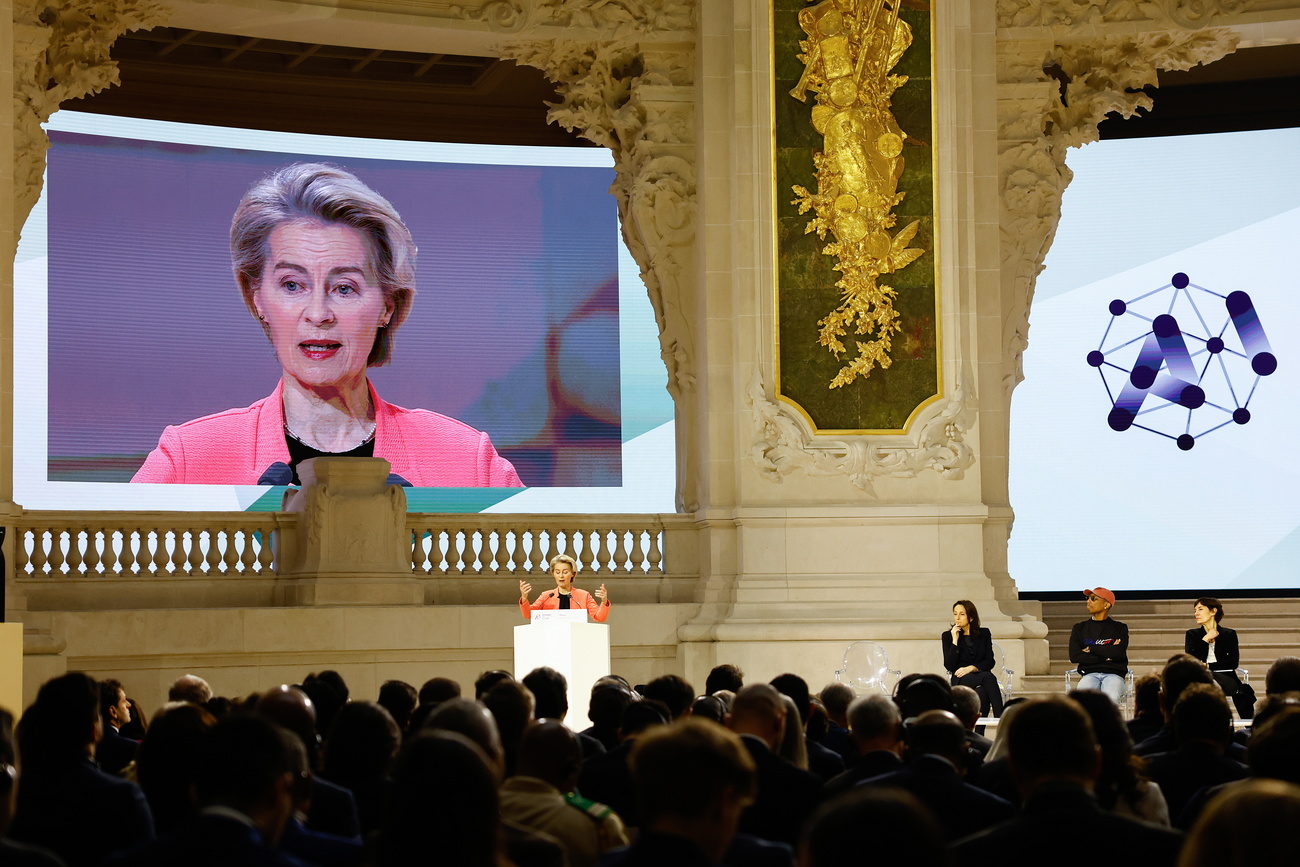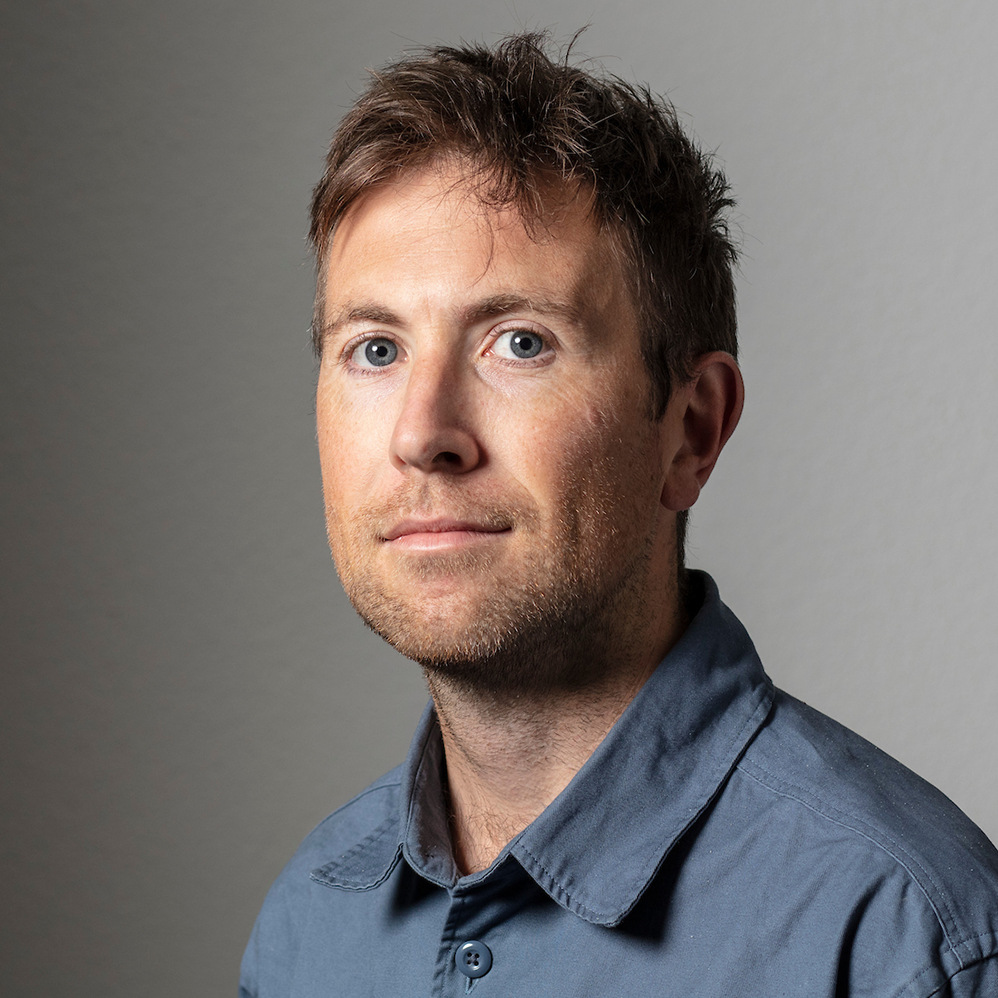Are Swiss universities victims of their success?

Switzerland’s prestigious Federal Institute of Technology Lausanne (EPFL) is considering capping international student places to maintain the quality of education. This has highlighted the booming growth of Swiss universities and international admissions.
Packed lecture halls, libraries and cafeterias, and in some cases less contact between students and professors – EPFL graduates are familiar with some of the university’s growing pains.
“It’s a battle to get a seat for a lecture – it’s not ideal,” explains Charles Fontannaz, one of the hundreds of second-year students studying for a Bachelor’s degree in mechanical engineering. Those who don’t get up early enough risk sitting on the floor or following the lecture on a live stream in a nearby room, he told SWI swissinfo.ch.
EPFL regularly features among the top universities in Europe and attracts students, researchers and teaching staff from around the world. Over the past 15 years the number of Bachelor’s and Master’s students has almost doubled to around 11,000. In all, 55% of all Bachelors’ students come from outside Switzerland – 90% of those from France. But the figures are even higher for Master’s students (64.9% from abroad) and doctorates (85.7%). More than 120 nationalities are now represented on campus.
But the growing student body is “putting a strain on the quality of the education”, EPFL said in January. Consequently, it is mulling a limit of 3,000 places for first-year Bachelor’s degrees from 2025; Swiss students will have priority. A formal decision is expected later this year.
Student numbers in Switzerland have been rising for years, and there’s no change in sight. Government forecastsExternal link say numbers should rise by 1.5% annually, as a result of demographic growth in Switzerland and ongoing education trends to around 320,000 students in 2031 (+15% for the 2021-2031 period).
Part of this recent growth is also due to more international students. Swiss universities regularly rank high in global surveys. Their reputation for excellence, international environment and relatively low tuition fees attracts a large number of foreign graduates.
International students now account for roughly a third of all enrolments. The percentage of foreign graduates in Switzerland is higher than in other member states of the Organisation for Economic Co-operation and Development (OECD)External link. Their most popular subjects: natural sciences and engineering.
At the Università della Svizzera Italiana (USIExternal link) in Italian-speaking canton Ticino, enrolment numbers have almost quadrupled over the past 20 years; 69.8% are now international students, mainly from Italy.
The university says it has adapted its infrastructure according to growth and in general has avoided the growing pains of EPFL. But space is an issue in particular at the Academy of Architecture in MendrisioExternal link, where infrastructure has not kept pace. A new building is planned, but restrictions have been placed on architecture applicants.
“We have had to limit the number of new enrolments to ensure that the quality of teaching is maintained and to keep a reasonable ratio of students from different backgrounds,” said USI spokesperson Barbara Vogt.
The most international university in Switzerland is ETH Zurich, according to a ranking by the Times Higher Education supplementExternal link, based on metrics for international students, staff, co-authorship and reputation. The Swiss federal technology institute came seventh in its global 2024 survey. Most foreign students at ETH Zurich are from Germany, Italy, China and the US.
Student numbers at ETH Zurich have doubled over the past 20 years. Rector Günther Dissertori acknowledgedExternal link last year that with growth set to continue and tight budgets, “the means at our disposal – predominantly staff and infrastructure – are set to at least stagnate in the coming years. This is having an effect on the faculty-to-student ratio and is jeopardising the quality of our teaching”.
Yet ETH Zurich has no plans to limit the number of study places or to increase tuition fees for now. Instead it has introduced a stricter selection at Master’s level, where almost half (45.7%) of applicants come from abroad. Among measures, capacity limits will be defined by departments for each specific programme and regularly revised.
Another university with a strong international profile is St Gallen. There are now almost 10,000 students enrolled from over 90 countries. Some 64.9% of doctorate students come from overseas.
“With this growth, the University of St Gallen is reaching its infrastructural limits,” spokesperson Mattea Bieniok told SWI swissinfo.ch.
A new campus is planned, but completion has been delayed until 2031. This will exacerbate the shortage of space in the areas of teaching and research, the university admits. At the same time, substantial funds have been invested in the expansion of teaching staff, so the student-to-staff ratio has actually improved despite rising student numbers, said Bienok.
It is the only Swiss university to have introduced a quota for foreign applicants. Since 1963, the proportion of international students has been limited to a maximum of 25%.
For Rudolf Minsch, chief economist at the Swiss Business Federation (economiesuisse), St Gallen is a good example of the positive link between quality and restrictions.
“The university is able to select the most motivated and talented students from abroad. This leads to a positive competition during the study programme and ensures that Swiss students must also be better. This also has a positive impact on the reputation of the university,” he told SWI swissinfo.ch.
Swiss doctoral programmes are particularly attractive to international students. In 2017, 55% of students enrolled in Swiss doctoral or equivalent degrees were from overseas, compared to 22% for the OECD average.
What’s the explanation for this? Above-average national spending on R&D, which “in turn support the progress of doctoral students both during and after their study”, and low tuition fees, according to the OECD.
For example, the 2023/24 annual tuition fee at ETH Zurich is around CHF1,500 ($1,700) for all students (Swiss and non-Swiss, the university makes no distinction) compared with an average $50,000+ annual tuition fees for foreign students for many top US universities.
The fact that in Switzerland many doctoral students are employed by the universities and earn a wage during their studies, which reduces their financial burden, is another factor, says the OECD.
Employment and skills shortages
After graduation, around 60% of Master’s and doctorate students find employment in Switzerland. But it’s easier for some graduates. A 2019 study found the so-called priority rule, which institutionalises a preference for Swiss, EU and EFTA (European Free Trade Association) candidates, and the free movement of people accord with the EU were the reason for the upper hand of European graduates in the Swiss job market.
Some think the authorities should be making it easier for foreign graduates to be integrated more smoothly into the Swiss job market, especially when they have studied in Switzerland and there are skills shortages in key sectors. In 2019, economiesuisse calculated that Switzerland spends around CHF180 million a year training third-country nationalsExternal link. It estimates that only 10-15% of students from countries outside the EU and EFTA get a job in Switzerland after their studies. Immigration restrictions, visa quotas and short deadlines are the main constraints, it says.
On December 19, 2023, it was announcedExternal link, following debate in parliament, that the Swiss government would revisit and improve the procedures to allow the many graduates from non-EU/EFTA states to stay in Switzerland to work after their studies.
Edited by Virginie Mangin/ts
Switzerland has ten cantonal universities and two federal institutes of technology in Zurich and Lausanne. There are also nine Universities of Applied Sciences and Arts as well as 14 Universities of Teacher Education.
Swiss universities operate according to the Bologna system, which guarantees comparability in standards and quality of higher-education qualifications. Students can obtain a Bachelor’s, Master’s or a PhD (doctoral degree).
Each university sets its own admission requirements. When applying, candidates must send in a number of documents, such as their diplomas and language proficiency certificates.
The university assesses whether the applicant’s upper secondary school diploma is equivalent to the Swiss school leaving certificate (Swiss Baccalaureate). If not, an entrance examination may suffice. Some institutions also require work experience and/or hold language tests to ascertain whether students have sufficient command of the language of instruction, be that German, French or Italian. For a growing number of graduate programmes, the language of instruction is English.
Once accepted, those applying from outside of most of Europe also need to apply for a visa and then, once in Switzerland, a residence permit from the canton of residence.

In compliance with the JTI standards
More: SWI swissinfo.ch certified by the Journalism Trust Initiative














You can find an overview of ongoing debates with our journalists here . Please join us!
If you want to start a conversation about a topic raised in this article or want to report factual errors, email us at english@swissinfo.ch.